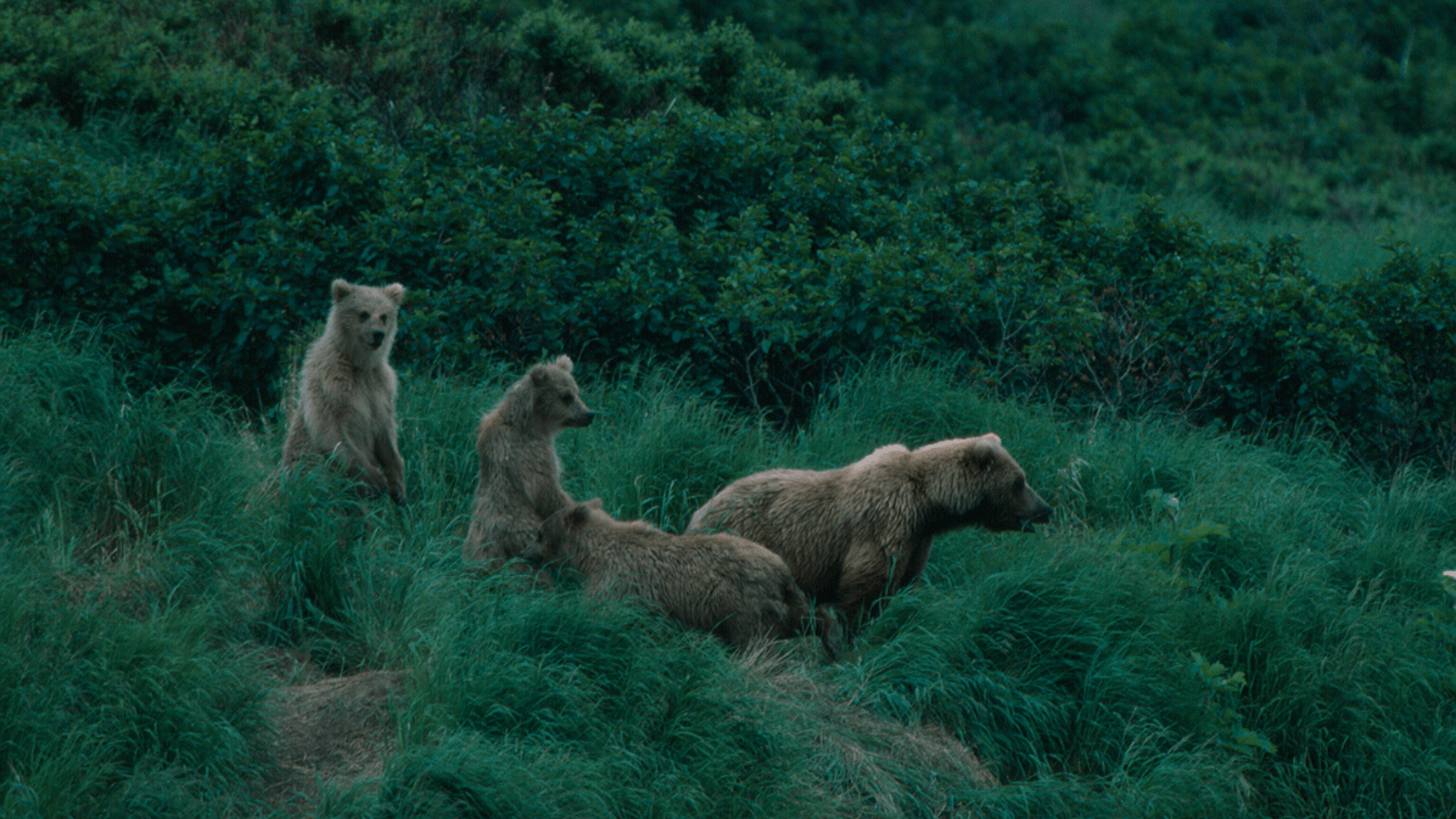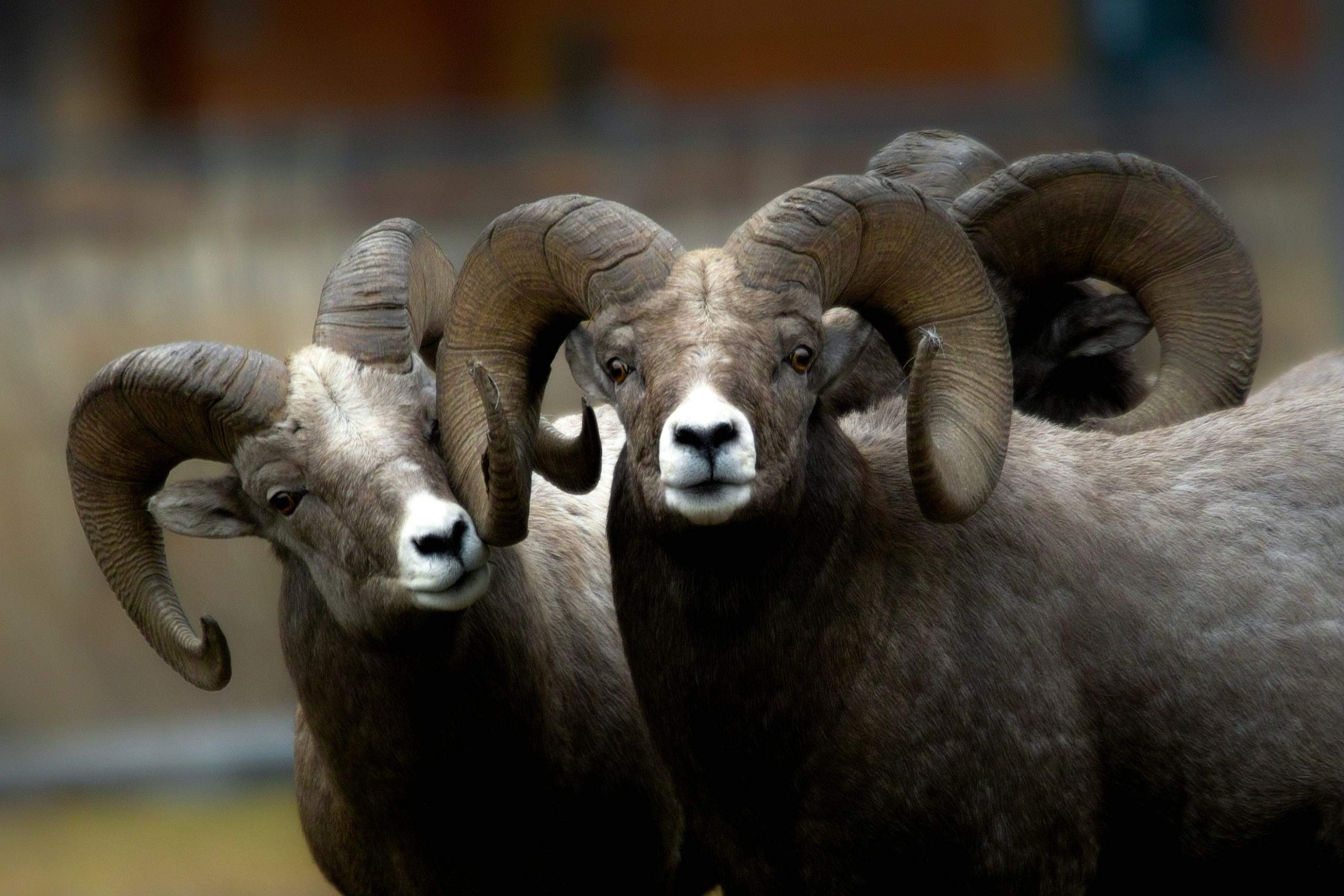We have much more to do and your continued support is needed now more than ever.
Two Decades, 1.6 Million Acres: West Fork Grazing Permit Agreement Showcases Opportunity to Support At-Risk Wildlife
National Wildlife Federation drives impact across the West with innovative, market-based program

This month, in tandem with the 20th anniversary of its highly successful and innovative program resolving conflicts between livestock and at-risk wildlife, the National Wildlife Federation announced the addition of nearly 25,000 acres to its 1.6 million-acre portfolio of conflict-free public lands. Under the stewardship of the Federation’s Wildlife Conflict Resolution program, the added acreage, which is located near the headwaters of the West Fork of the Madison River, seeks to address chronic grizzly bear conflicts with cattle. The West Fork serves as a critical corridor for expanding grizzly populations west of Yellowstone National Park.
“The conflict agreement on the West Fork is the culmination of a three-year effort and it highlights the persistence and partnership required to successfully address the prolonged and intractable conflicts that arise between livestock and wildlife,” said Kit Fischer, the National Wildlife Federation Director of Wildlife Programs for the Northern Rockies, Prairies and Pacific Region. “Restoring safe passage for grizzly bears today reflects our commitment to mitigating wildlife conflicts over the last 20 years. It’s exciting and inspiring to witness how this market-based approach has opened up new conservation opportunities across the West.
“As impressive as 1.6 million acres is, the Wildlife Conflict Resolution program is just getting started, and we are poised to double the amount of acreage in the next five years,” said Bob McCready, Wildlife Conflict Resolution Program Manager with the National Wildlife Federation.
Until now, grizzly bears have often been relocated or removed from the drainage when conflict with livestock occurs. Yet non-lethal management strategies to deal with grizzly bear conflicts and low-stress livestock handling offers an alternative solution.
Public land grazing agreements can provide an equitable solution for ranchers and wildlife interests. In coordination with federal land managers, the Federation negotiates with livestock ranchers to either retire public land livestock grazing allotments or develop management agreements that eliminate chronic conflict with wildlife, especially grizzly bears, wolves, bison, and bighorn sheep and anadromous fish such as salmon and steelhead.

Credit: Poole
This market-based approach recognizes the economic value of public land livestock grazing permits and fairly compensates ranchers for their public land grazing leases. This approach has proven a successful model across the west in resolving conflicts between livestock and at-risk wildlife.
In the West Fork of the Madison, the National Wildlife Federation partnered with a local ranch in a 12-year agreement to deal with grizzly bear conflict. The contract incentivizes the ranch to use non-lethal management techniques and actively manage their livestock to avoid those conflicts while also supporting a family ranch and the local economy. NWF partnered closely with the Greater Yellowstone Coalition and the Property Environment Research Center to complete the agreement.
Twenty Years of Success
The use of non-lethal management techniques and shifts in livestock management in the West Fork of the Madison demonstrates how the Wildlife Conflict Resolution program has evolved and expanded over the two decades since it started. It was initially launched in the Greater Yellowstone Ecosystem, with a focus on a market-based approach that negotiates payments to ranchers to waive their grazing privileges to graze public land allotments where there are acute conflicts with one or more species.
Much of our work has addressed conflicts between livestock, grizzlies, and wolves, but also conflicts that impact bighorn sheep, bison, native trout and salmon, and even rare plants. These agreements are completely voluntary and are not about getting rid of public land grazing, but about giving ranchers the resources to shift their grazing away from high-conflict wildlife areas. Since the program has gained momentum we have negotiated these agreements across Colorado, Nevada, Utah, and New Mexico, in addition to Montana, Idaho, and Wyoming.
The removal of public land grazing, even at the low levels produced by the Wildlife Conflict Resolution Program, has been at the heart of numerous conservation debates. One of the most often heard is speculation about the potential for these allotment retirements to accelerate the development of private ranch land. Yet a recent report released from the University of Wyoming confirmed that grazing retirements have not led to landscape fragmentation, such as the further subdivision of land for real estate development.
“The future of ranching is changing and we are confident that the success of these agreements will continue to serve as a new model for addressing conflicts on public lands across the West while allowing the continuation of vibrant, sustainable, and profitable ranching operations,” McCready concluded.
Grow the Herd—or the Pack
Across the years, the Wildlife Conflict Resolution program has engaged in research and strategy development to address diverse issues, from tribal grazing lease conflicts to the planned reintroduction of wolves in Colorado.
“The outcomes have been as unexpected as they are exciting,” said Fischer. “For example, wolves have found their way naturally to Colorado from Wyoming and at least eight wolves, including 6 new pups, were located near North Park, Colorado in 2021 – the first successful litter of pups born in Colorado in over 80 years.”

Yet conflicts persist between cattle and wolves, and our strategies to successfully coexist with wildlife must continue to evolve, he added.
Recent work has expanded to northern Montana, with the Blackfeet Tribe, culminating in an agreement that would curtail grazing and further protect one of the most intact native grasslands and diverse ecosystems in North America. The six tribal grazing leases bordering Glacier National Park’s eastern boundary are collectively named the Chief Mountain Unit (Ninnaastakoo) and span some 24,000 acres. This wildlife-rich region is home to elk, mule deer, grizzlies, wolves, and abundant bird life.
Bighorn sheep also benefit from the retirement of voluntary grazing allotments. The iconic herds that dotted the western landscape have been close to disappearing due to various threats, the most serious of which is a disease-causing bacterium carried by their domestic counterparts: Mycoplasma ovipneumoniae. This fatal respiratory pathogen can quickly lead to the demise of 90% of an entire herd in a few short months. In Colorado’s San Juans Mountains, in the Weminuche Wilderness, Federation negotiations are yielding significant successes for bighorn sheep.
McCready described the process: “The Federation spent years negotiating with a sheep rancher to retire a permit to graze domestic sheep in an area that posed a serious threat to one of Colorado’s three most important bighorn sheep herds.” Bighorns in the San Juans have long battled disease issues and by reducing the disease vector, the stage was set for a recovery plan. The Federation has retired the first of these high-conflict grazing permits and the same team continues to work to retire domestic sheep permits on as many as 20 additional domestic sheep grazing allotments in the San Juan range that threaten other critically imperiled bighorn sheep herds.
“When you have expertise and steadfast commitment, you can forge a clear path toward successfully ensuring these animals recover and thrive,” Fischer concluded.





















